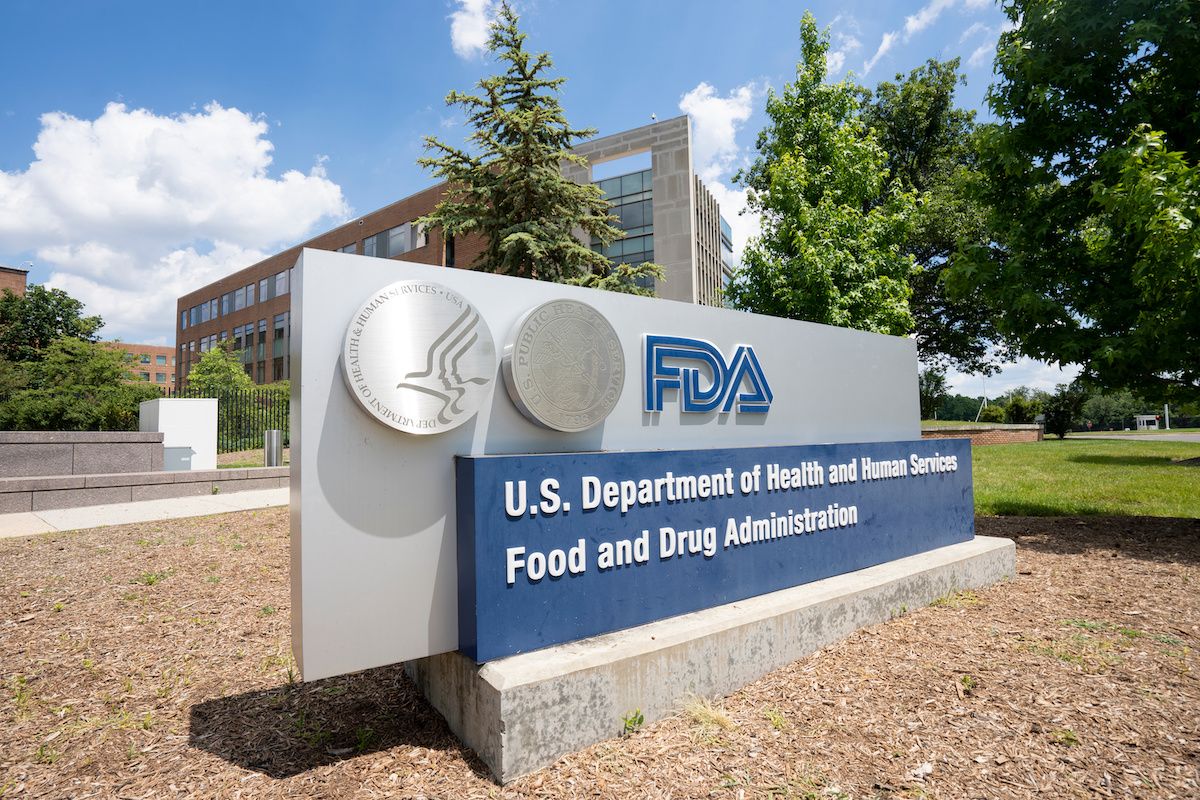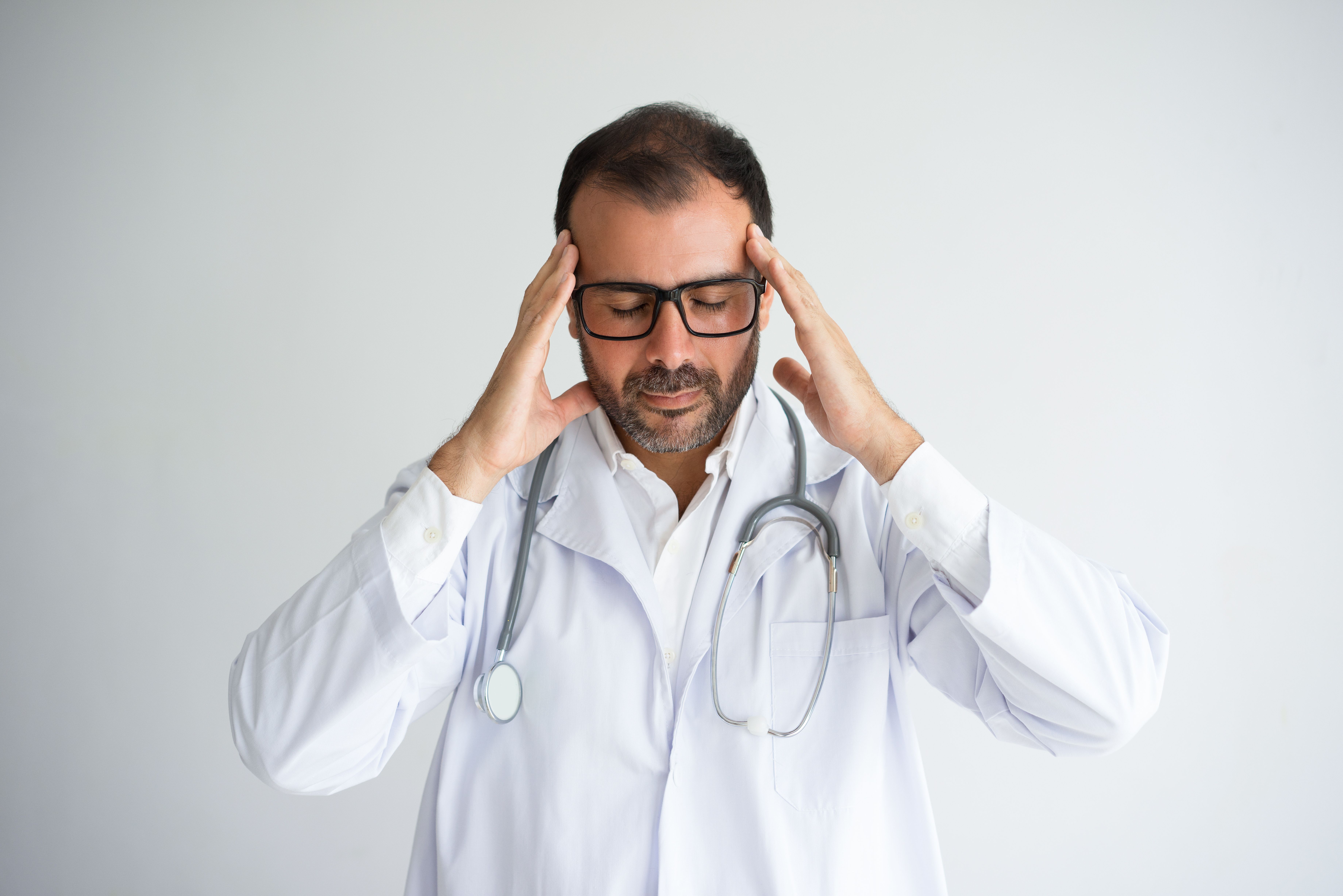Video
Long COVID: A new year’s resolution
Author(s):
Getting clinicians on board for treating patients.
Physicians and other clinicians already know a lot about taking care of patients. But there’s a lot more to learn for clinicians to learn in assessing, treating, and helping patients overcome or deal with the effects of long COVID. Monica Verduzco-Gutierrez, MD, FAAPMR, specializes in brain injury medicine and physical medicine and rehabilitation at UT Health San Antonio, and is a volunteer leader and member of the American Academy of Physical Medicine & Rehabilitation. As a physician and as a long COVID patient, Verduzco-Gutierrez has become an advocate for medical and policy solutions to help patients deal with the disease.
Many people want the COVID-19 pandemic to be a distant memory. But patients – estimated up to 10 million – continue to deal with health and financial effects of post-acute sequelae of SARS-CoV-2 infection (PASC), or long COVID.
The American Academy of Physical Medicine & Rehabilitation (AAPM&R) has led the charge for a comprehensive national plan for physicians to help patients deal with neurological challenges and “brain fog,” shortness of breath, fatigue, pain, and mobility issues. Monica Verduzco-Gutierrez, MD, FAAPMR, specializes in brain injury medicine and physical medicine and rehabilitation. She is chair of the Department of Rehabilitation Medicine at the Long School of Medicine at UT Health San Antonio, and is a volunteer leader and member of AAPM&R.
Verduzco-Gutierrez sat down with Medical Economics to explain why primary care is crucial in diagnosing and treating long COVID. She also discussed her experience with long COVID: as a physician treating patients, as a patient needing treatment herself, and as an advocate for further research of the disease and support for those with it.
AAPM&R also has online guidance statements for all physicians to consult for treating and following long COVID issues.




